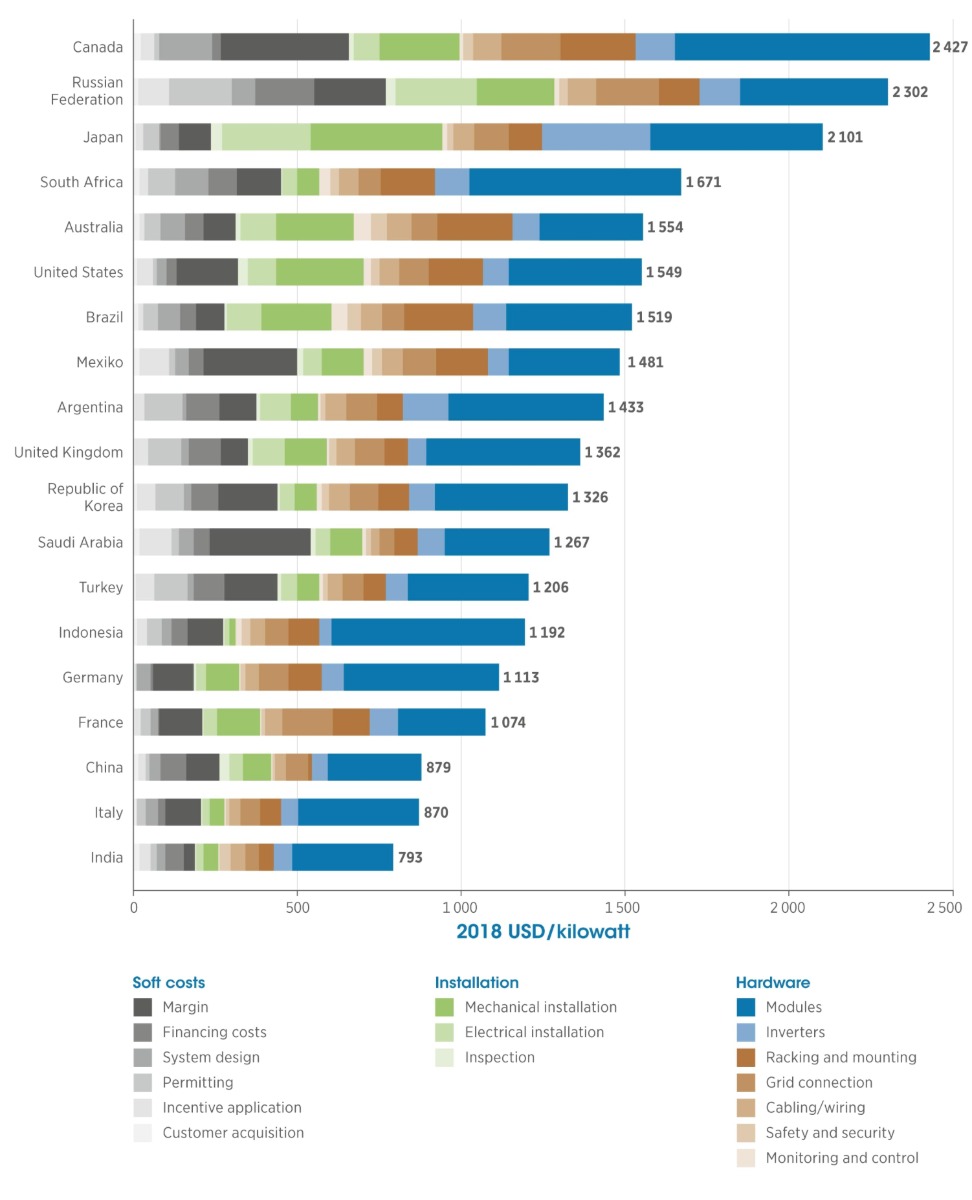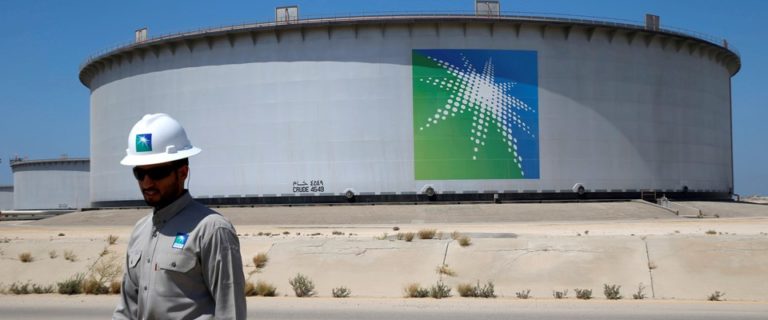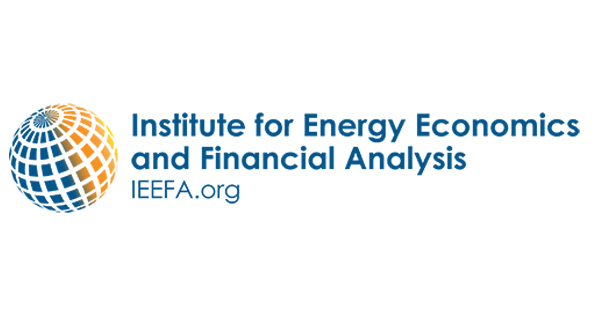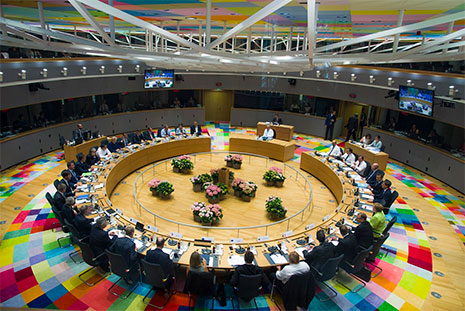The world’s focus, not surprisingly, has been on Saudi Aramco’s $111bn of net income recorded in 2018, making it the most profitable company in the world. But elements of the upstream story were largely ignored.
For example, the prospectus showed the company’s largest oilfield, Ghawar, undershooting what many had thought was its current capacity of around 5mn bl/d, instead coming in at 3.8mn bl/d.
Ghawar has contributed about half of the estimated 150bn barrels of crude that Saudi Arabia has produced to date. Without doubt, Ghawar is an enormous field. Its remaining reserves are put at 48bn bl, so there is still a lot of oil out there, but it will get harder to recover, and require substantive expenditure.
Aramco is developing new fields to plug depletion, with half a dozen expected to come on stream by 2026 — adding an extra 1.25mn bl/d, according to data from consultancy Energy Aspects. Its co-founder Richard Mallinson emphasises that future upstream development is designed to keep things steady “at current capacity levels…Aramco is not talking, as it has done in the past, about possibly raising potential capacity from 12mn bl/d to 15mn bl/d.”
Still, Aramco is not giving up on Ghawar anytime soon. The prospectus says field facilities and infrastructure there remain a central component in the company’s long-term strategic framework.
“The scope of the utilisation and maintenance of the established infrastructure has expanded to be a hub for development of secondary reservoirs and satellite fields,” says the prospectus.
The prospectus also shows how it has boosted production at other fields. At Shaybah in the south of the kingdom, and at the offshore Safaniyah field in the Gulf, Aramco reported production was close to double earlier Western estimates. At the Khurais field, near Ghawar in the east of the country, a “mega-project that started in 2009 with initial capacity of 1.2mn bl/d, has hoisted production to 1.5mn bl.” In 2018, Aramco produced 13.6mn bl/d of oil, including 10.3mn bl/d of crude.
Half a century of reserves
Overall, Aramco’s reserves come in at a similar level to an independent audit published earlier this year: 261.5bn bl of crude and condensate, sufficient for proved reserves life of 54 years, “significantly longer than the 9 to 15 year proved reserves life of any of the five major IOCs based on publicly available information”, claims the prospectus. The document also records 36.1bn bl of NGLs and 233.8tn ft3 of natural gas.
Another scarcely mentioned disclosure in the prospectus was Aramco’s shift to lighter-grade oil, in terms of projects that have come on line, and new ones in the pipeline. The question now is the extent to which Aramco can match this type of product to demand in the marketplace. The move to lighter is good in terms of petrochemical demand and positive when gasoline/diesel demand is strong.
The prospectus flags Aramco’s rock-bottom cost of production based on a comparison of data of the five major IOCs and other leading oil and gas companies. The company’s “average upstream lifting cost was $2.80/bl” of oil equivalent produced in 2018. Revenue from upstream operations stood at around $217bn, while downstream revenue was $139bn. It had $86bn in free cash flow at the end of 2018, with minimal debt.
But all that glistens is not gold. Aramco may be the world’s most profitable oil company, producing more than 10pc of global crude, but the prospectus shows the state’s reliance on the company means it generates less per barrel than privately-owned competitors. Riyadh relied on the oil sector for 63pc of its total revenue in 2017, according to the prospectus. In 2018, Aramco paid about $160bn to the government in dividends, taxes and royalties.
Top credit rating
The transfer of funds from Aramco to the kingdom meant the oil company made about $26/bl last year, compared with $38/bl for Shell and $31/bl for Total. That’s why Moody’s and Fitch assigned the company ratings of A1 and A+, respectively, arguing the government’s reliance on the oil producer to fund its budget acted as a cap on its creditworthiness. ExxonMobil is rated AAA by Moody’s.
The linkage between the state and company is an important one in the debate about whether Riyadh really does intend to float a minority stake in Aramco in 2021. Investors worry about the government’s control over the oil giant and whether future decisions will be made for the benefit of the state or shareholders.
Andy Critchlow of S&P Global Platts says “investors may be cautious about an IPO because of uncertainty linked to sovereign risk and the kingdom’s future potential financing needs [particularly if prices crash due to a swifter switch to green technologies]”.
In the interim, the company is shoring up its defences in an uncertain world. It plans to double its refining network, mostly outside the country. The idea is to feed about 50pc of its oil into its fully-owned or joint-venture refineries, making it the largest consumer of its own crude. The prospectus states categorically that refinery expansion was a means “to secure crude oil demand by selling to its captive system” of refineries.
Also revealed is the way Aramco ensures it always has enough spare capacity up its sleeve. The aim is to have “the average maximum number of barrels per day of crude oil (MSC) that can be produced for one year during any future planning period”.
Sovereign wealth boost
As of 31 December 2018, MSC stood at 12mn bl/d of crude. Spare capacity afforded by maintaining MSC enables the company “to increase production above planned levels rapidly in response to changes in global crude oil supply and demand”.
Saudi Arabia is drawing on Aramco’s cash to bolster its sovereign wealth fund to develop new industries to break the kingdom’s reliance on oil. It is also trying to extract more profit from the crude it pumps by turning it into gasoline and diesel, as well as plastics and other materials used in consumer goods. The $69bn purchase of Sabic was a case in point and a major factor behind the bond offering.
The aim is to provide more cash for the Public Investment Fund, the kingdom’s sovereign wealth fund, to invest both internally and overseas to wean Saudi off its addiction to fossil fuels. It is a race against time as the bond prospectus indirectly acknowledges via its references to risk factors that span climate change, among others. And that raises, once again, the issue of an IPO down the line in which the Saudis would like to raise a cool $100bn.
A listing may be better sooner than later if you believe in the relentless switch to cleaner fuel sources. That said, traders are wondering whether Aramco and Riyadh really need the money.
After all, have they not demonstrated how easily they can tap the bond markets for credit?
Scott Modell, head of geopolitical risk at Washington-based consultancy Rapidan Energy, disagrees with this thesis. “An IPO is necessary [otherwise MBS’s] ambitious Vision 2030 programme designed to reduce oil dependence [could end up becoming] Vision 2130,” he says. “And for that reason, the IPO [postponed last year] is certainly back on the table.”












